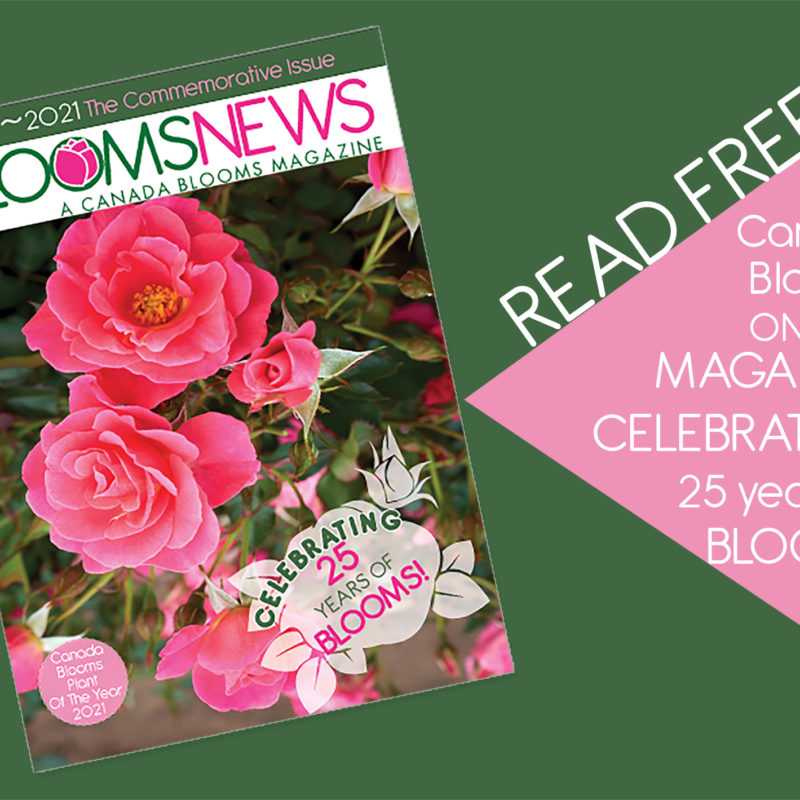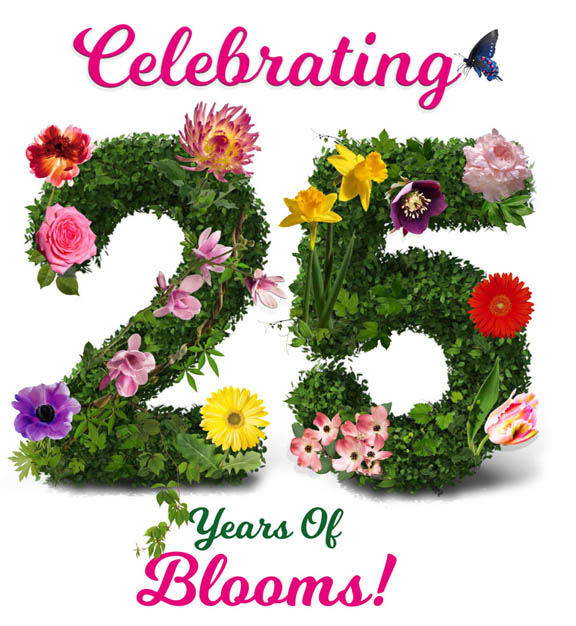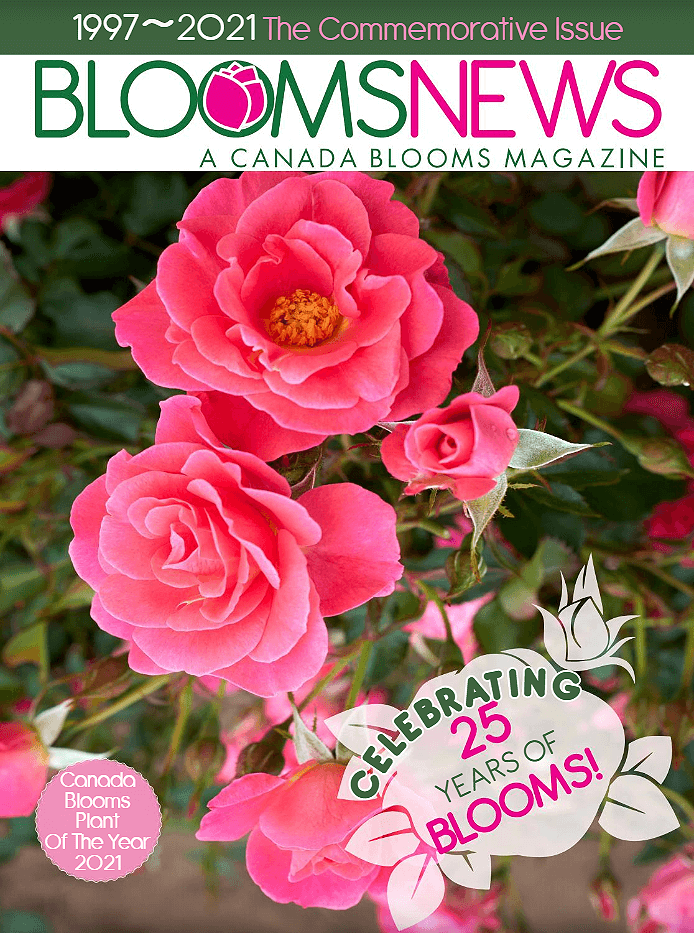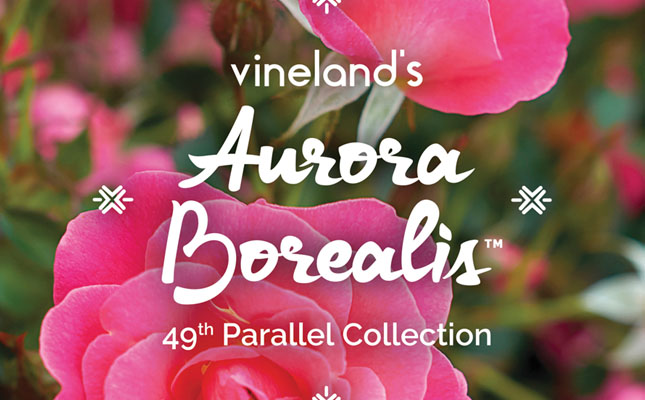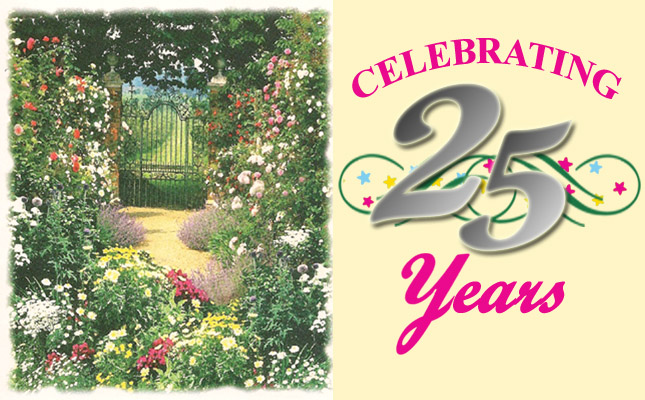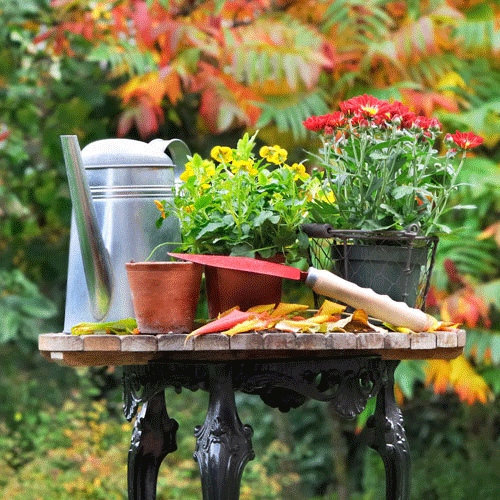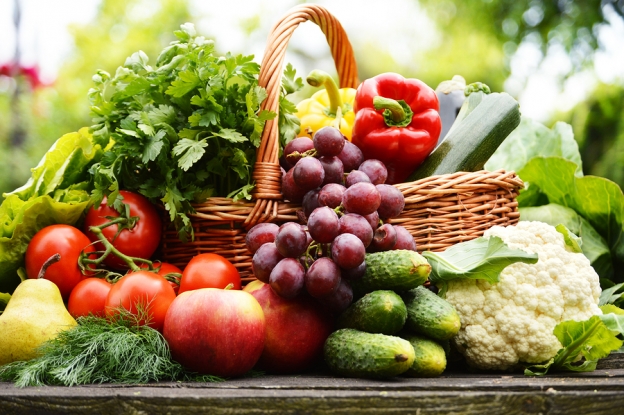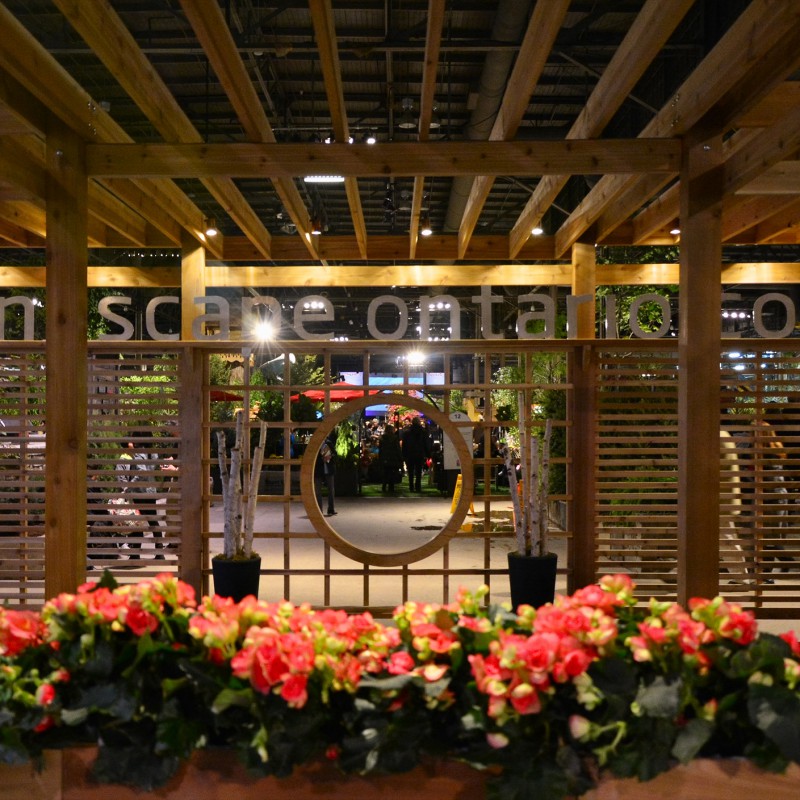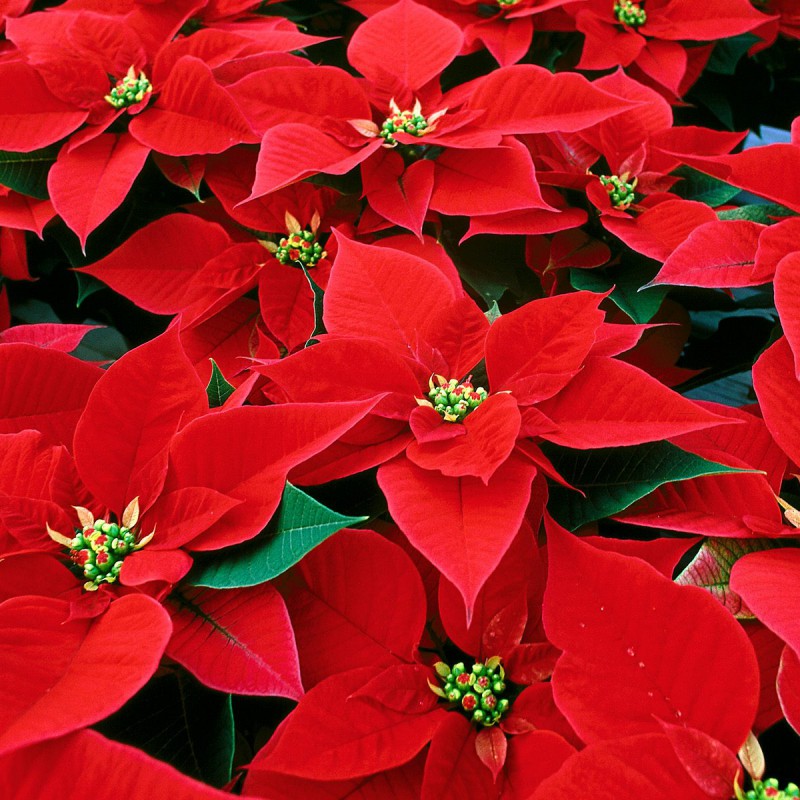Over the summer the hard working talented Landscape Ontario members will be adding style to your neighbourhoods.
Certain colours come in vogue, and then fade back in with the crowd. Tastes in décor change as you grow older. Materials gain favour, and then become commonplace as the latest and greatest emerges the following season.
And while there are a faithful standbys — and in the world of gardening and landscaping, there are quite a few style elements that have proven to have significant staying power — these trends are not a bad thing. A little variety in your personal oasis is a good thing lest the look and feel of your garden becomes stale.
Part of the joy of gardening is seeing what others are doing: How are they using certain plants? What colours are prominent this year? Do I need to incorporate some non-plant elements like a statue or bench? Is fragrance important?
Then take those ideas that appeal to you, and work them into your own design. Allow yourself to be influenced and inspired
In getting ready for the 2017 planting season, there are several trends taking root this year that should be top of mind for your garden.
Water is vital to the health of your garden, but water features — ponds, fountains, waterfalls, pools — are incredibly popular right now. Almost all of the gardens that were in the showcase at Canada Blooms 2017 were built around some sort of water feature.
If you are planning an overhaul, or just starting a garden from scratch, work in a small pond. Not only does it add to the tranquility of your space, but it also attracts vital wildlife like butterflies, honeybees and birds. If your garden is well established, set a slow gurgling fountain amid the flowers.
Of course, Canada 150 is everywhere this year as our nation ramps up to celebrate its sesquicentennial and gardening is no exception.
Red and white flowers are all the rage, but in particular demand is the Canadian ShieldTM Rose. Named the Canada Blooms Plant of the Year, it is a Canadian-made rose — developed at the Vineland Research and Innovation Centre in the fertile Niagara Peninsula — crafted to thrive in Canada’s wildly diverse weather conditions. It is versatile landscape and garden rose with a one-metre spread, full red flowers and glossy green foliage. It is a repeat bloomer, ensuring it will stay in colour all season long.
The Canadian ShieldTM Rose is being marketed as a gardener’s dream, and it truly is. It has a visual appeal that will highlight any landscape project.
The Canada of today is much different than the largely agrarian society that became a Dominion in 1867. But as we become more urban, many green thumbs are heeding the call back to the land to grow their own food.
Vegetable and fruit gardens are allowing urbanites to bypass the produce aisle at the grocery store. Tomatoes are always a popular backyard garden item, but don’t overlook things like cucumbers, radishes, peppers, lettuce, kale, chard, carrots, peas … you can feed your family all summer from the bounty in your backyard.
We are also seeing increasing awareness about the ecological and societal importance of trees. Besides purifying the air and producing the oxygen we need to survive, they are beautiful elements in our neighbourhoods that provide vital shade where we can escape the blazing summer sun. Small- to medium-sized trees — those that will grow to about 20-feet high — are in demand at garden shops this spring, many of them producing beautiful blooms in the spring.
With the overall growing interest in gardening in general, we are seeing the backyard garden become more of an extension of the home. People want to spend more of their time outdoors, enjoying the fruits of the labour and the beautiful weather while they can. As part of the effort to extend the use of outside space, we are seeing garden sheds being repurposed as three-season living spaces. Furniture, lighting, perhaps a television and a mini-fridge, and where once you hung your spade is now an escape hatch steps from home.
The season is now upon us. Have a look around, get some inspiration, steal an idea or two and get planting. It is well worth the effort.
— Denis Flangan, Landscape Ontario
Follow Landscape Ontario on Twitter @Green_for_Life and Like it on Facebook. For more information, please visit landscapeontario.com.
Landscape Ontario Horticultural Trades Association, one of the most vibrant associations of its kind, is comprised of over 2,000 member companies, ten sector groups and nine local chapters. Its trade mission is to promote the horticulture industry in Ontario, and its public mission, Green for Life, promotes the joys and benefits of plants and green spaces. Visit http://www.landscapeontario.com for more information.
Photo from Italy Magazine

